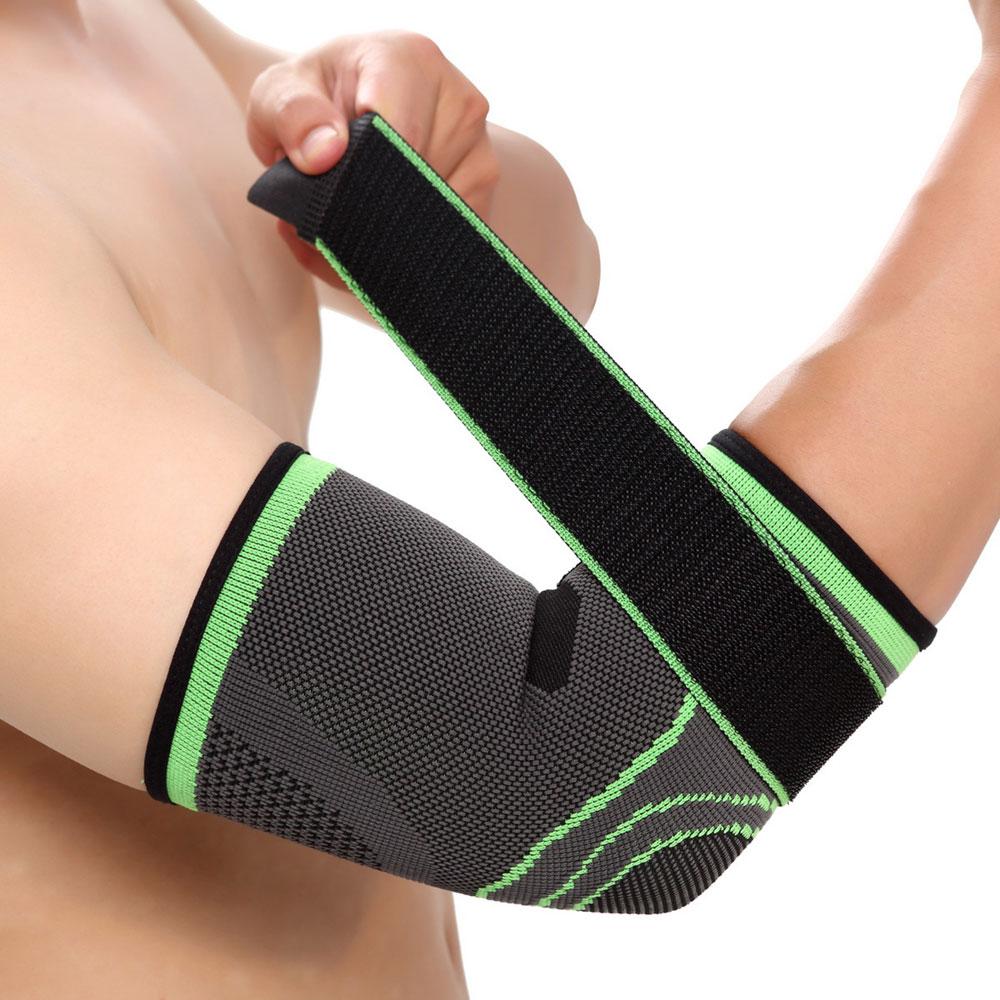
What is "tennis elbow"?
Share
What is "tennis elbow"?
"Tennis elbow" is also known as "lateral humeral epicondylitis", also known as lateral elbow pain syndrome. It is a disease caused by acute elbow injury, chronic strain or feeling cold and damp, with local pain outside the elbow, dorsiflexion of the wrist and limited rotation function of the forearm.

Why do you get tennis elbow?
To play a tennis ball, our forearm requires the coordination and contraction of several muscles, most of which are attached to the external epidondylar of the humerus (the tenderness point of the "tennis elbow"), and these muscles repeatedly force and contract to perform one tennis ball action after another. Occasional tennis is completely no problem, if the tennis as a professional, elbow by repeatedly flex, continuing pull extensor tendon starting point, if the retraction of the excessive outside the humerus condyle on adhesion of tendon and soft tissue in different degree of fiber fracture, bleeding, edema, adhesion, scar and other inflammatory changes and pain, so close to 50% of the tennis players may appear different range of elbow pain, because of the disease occurs in tennis player, so called "tennis elbow".
Can you get tennis elbow without playing tennis?
The answer is yes. Any involved too much more than just a tennis player, and repeated use these muscles, repeatedly as the forearm rotation, effort and wrist motion career (with the housewife, a barber, computer operation, the piano player, a violinist, typist, construction worker, mason, masons, fitter, etc.) are the "tennis elbow" high-risk groups, and in his right hand. Chengdu Kanhua pain experts remind, the current arm and wrist excessive activity, can make the humerus external epondylar tendon concentration at the attachment by pulling and stimulation, over time, the occurrence of strain, causing chronic aseptic inflammation around the humerus external epondylar, tendon degeneration, causing lateral elbow pain

How do you know if you have tennis elbow?
Location and nature of the pain: the first is the swelling of the outside of the elbow joint, and then began to pain, gradually appear to hold the object weakness, when the wrist force back extension, forearm pronation pain aggravated, serious pain can be radiated to the forearm or shoulder arm, holding the object will also appear pain, local swelling is not obvious. Generally, the range of motion of the elbow is not affected. The main diagnosis depends on physical examination, and imaging examination can only assist the diagnosis.
Experts recommend three simple ways to tell if you have tennis elbow:
1. Passive wrist extension method: the affected side of the palm down clench fist (such as the left hand), wrist flexion, left elbow on the table, right hand palm pressure on the back of the left hand, and then try to let the wrist joint of the left hand back up, if the left elbow outside the pain, nine out of ten is suffering from "tennis elbow".
2. Bend your forearms slightly with your hands half clenched, flexing your wrists as much as possible, then rotate your forearms completely, and then straighten your elbows. If the elbow is straighten, the lateral side of the brachioradial joint is painful, it is necessary to suspect "tennis elbow".
3. Carrying coffee: If you experience discomfort or pain on the outside of your elbow while lifting a full cup horizontally, tennis elbow could be to blame.










